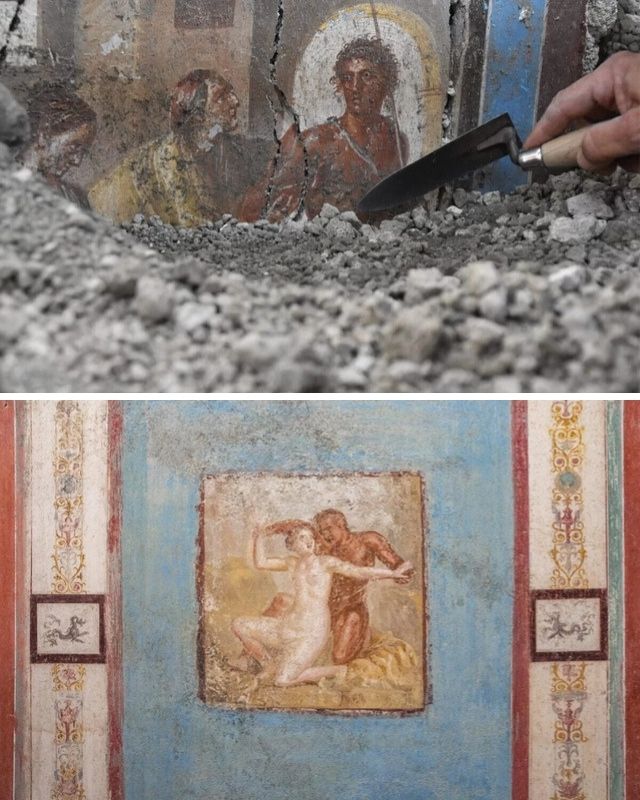In the ancient ruins of Pompeii, where time stands still beneath layers of volcanic ash, a small yet astonishing discovery has captivated archaeologists and historians alike. Known as the House of Phaedra, this modestly sized Roman dwelling reveals opulent frescoes depicting mythological tales that rival the grandeur of larger villas. This find offers a fresh glimpse into the art, architecture, and cultural vibrancy of Pompeii before its tragic destruction in A.D. 79.
Discovery of the House of Phaedra
The House of Phaedra was uncovered in the heart of Pompeii’s archaeological park during recent excavations. Unlike many homes previously excavated in Pompeii, this dwelling breaks away from traditional Roman architectural styles. Lacking the classic atrium—a central courtyard with a pool to collect rainwater—this compact home still stands out for its luxurious interior.
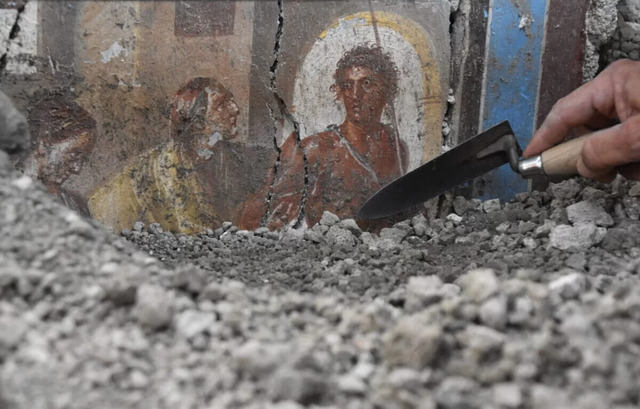
The house’s location, in the bustling center of Pompeii, suggests it belonged to a family of moderate means. Yet, the richness of its frescoes rivals those found in the grander homes of the city’s elite, revealing that wealth and artistic taste were not exclusive to the upper class. Archaeologists have named the house after its most striking fresco, which depicts Phaedra, the mythological queen of Athens, in a moment of emotional vulnerability.
Architectural Significance
Roman homes were often designed around an atrium that served as a focal point for light, ventilation, and social interaction. However, the House of Phaedra deviates from this norm. Its layout reflects a shift in architectural styles during the first century A.D., when smaller, more private homes began to emerge in crowded urban centers like Pompeii.

Despite its size, the house does not compromise on elegance. The intricate frescoes and vibrant wall colors suggest the owners prioritized aesthetic appeal. This shift in architectural and decorative style illustrates how Pompeii’s society was evolving, with urbanization and individual expression influencing home designs.
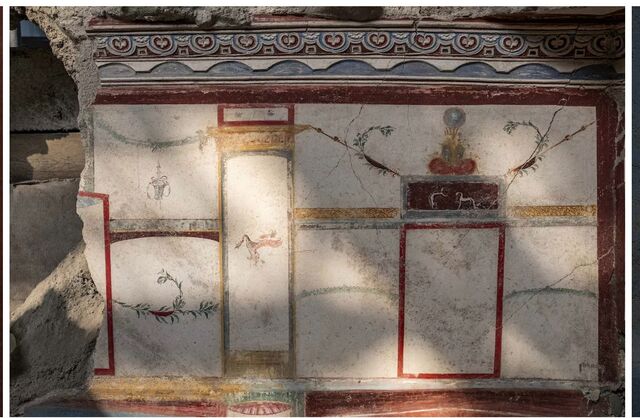
The Frescoes: Masterpieces of Mythology
The frescoes adorning the walls of the House of Phaedra are extraordinary both in their artistic quality and their narrative depth. Each painting tells a story from mythology, inviting viewers to step into a world of gods, heroes, and forbidden love.
- Phaedra and Hippolytus: The centerpiece of the home’s decoration, this fresco portrays Phaedra, the wife of King Theseus, consumed by unrequited love for her stepson Hippolytus. The scene captures her anguish and the tragic consequences of her desires, showcasing the Roman fascination with complex emotional narratives.
- The Satyr and the Nymph: Another striking fresco depicts an intimate encounter between a satyr and a nymph, embodying themes of passion and the untamed forces of nature. The sensuality of this image reflects the Roman appreciation for mythological tales that explore the human condition.
- Venus and Adonis: This fresco likely represents the goddess Venus mourning the death of her mortal lover Adonis. The delicate composition and vibrant colors underscore the Romans’ admiration for divine love and beauty, themes often reflected in their domestic art.
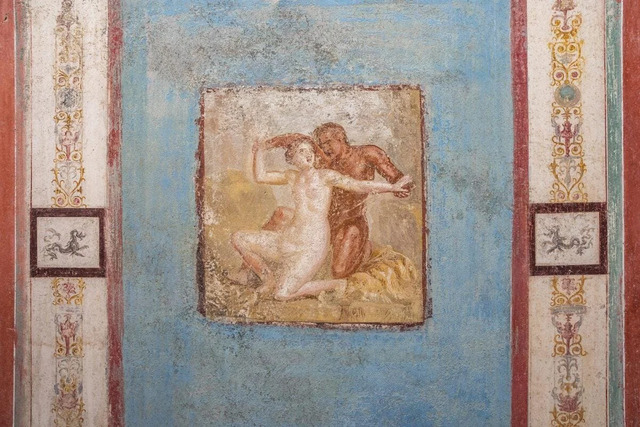
The Role of Frescoes in Roman Culture
In ancient Rome, frescoes were more than just decorations—they were statements of identity and status. Wealthy families used wall paintings to showcase their cultural sophistication, commissioning scenes from mythology, history, and daily life.
In smaller homes like the House of Phaedra, frescoes served to elevate the aesthetic appeal of compact spaces. Mythological themes, in particular, were popular because they resonated with Roman ideals of heroism, morality, and the divine. These paintings also offered a form of escapism, allowing homeowners and guests to immerse themselves in the grandeur of mythological tales.
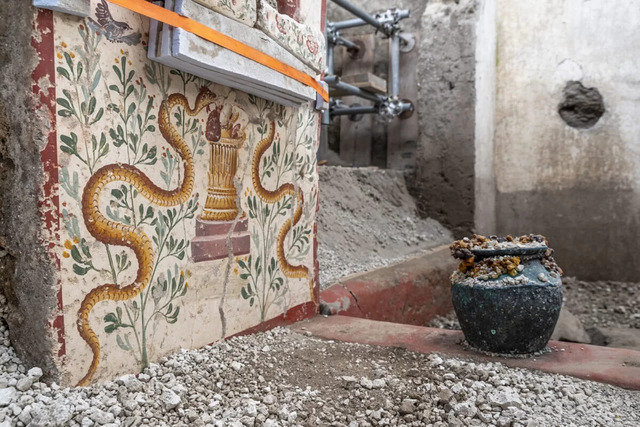
Pompeii’s Unique Preservation
The catastrophic eruption of Mount Vesuvius in A.D. 79 buried Pompeii in volcanic ash, freezing the city in time. While this disaster claimed thousands of lives, it also preserved homes, artifacts, and frescoes in remarkable detail.
The ash acted as a protective layer, shielding delicate paintings like those in the House of Phaedra from the elements. As a result, modern archaeologists can study these artworks in almost their original state, gaining invaluable insights into Roman life. The vivid colors and intricate details of the frescoes are a testament to the skill of ancient Roman artists and the resilience of their creations.
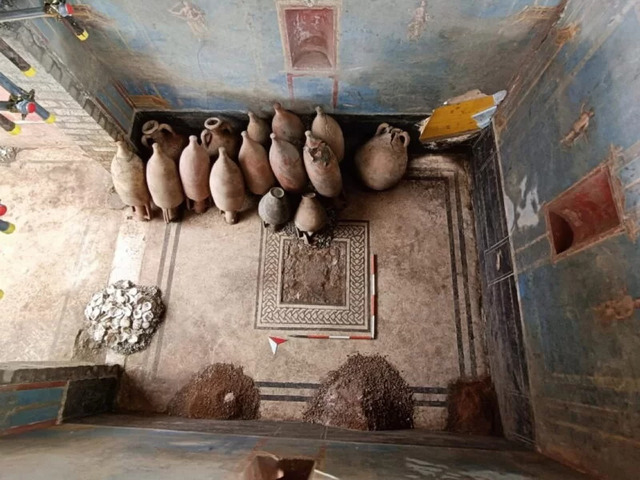
Historical Insights From the House of Phaedra
The frescoes in the House of Phaedra provide more than aesthetic delight—they offer a window into the values and aspirations of Pompeii’s residents. The choice of mythological themes reflects a deep connection to Roman culture, where tales of love, tragedy, and heroism shaped public and private life.
The house’s small size, coupled with its opulent decorations, suggests that middle-class Romans aspired to emulate the grandeur of the elite. This blending of modest living spaces with luxurious art highlights the democratization of cultural expression in first-century Pompeii.
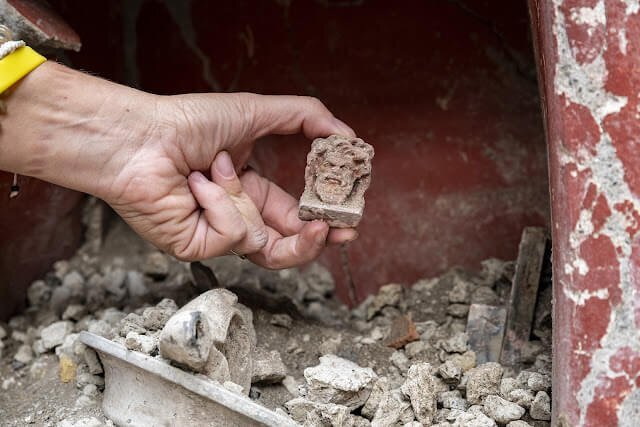
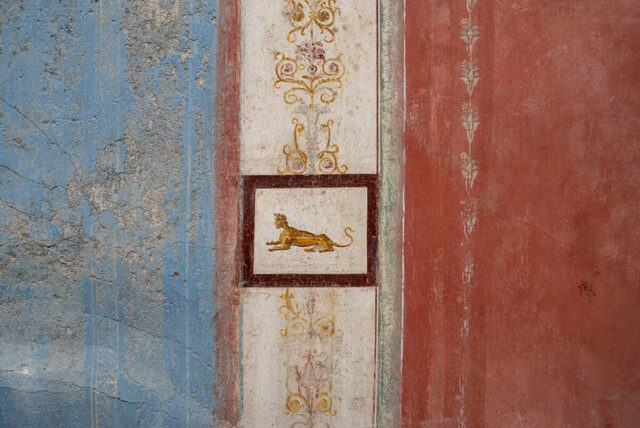
The Archaeological Significance of the Find
The House of Phaedra stands as a unique addition to Pompeii’s rich archaeological record. While many excavated homes are grand villas with sprawling atriums, this dwelling demonstrates how smaller, urban homes could also achieve artistic excellence.
Comparisons to larger homes reveal striking similarities in the quality of the frescoes, suggesting that skilled artisans were accessible to a broader range of clients. This discovery adds depth to our understanding of social dynamics in Pompeii, showing that art and cultural refinement were not confined to the upper echelons of society.
Preserving the Legacy of Pompeii
Efforts to conserve the House of Phaedra and its frescoes are ongoing. Modern techniques, including 3D imaging and meticulous restoration, ensure that these treasures can be studied and appreciated for generations to come.
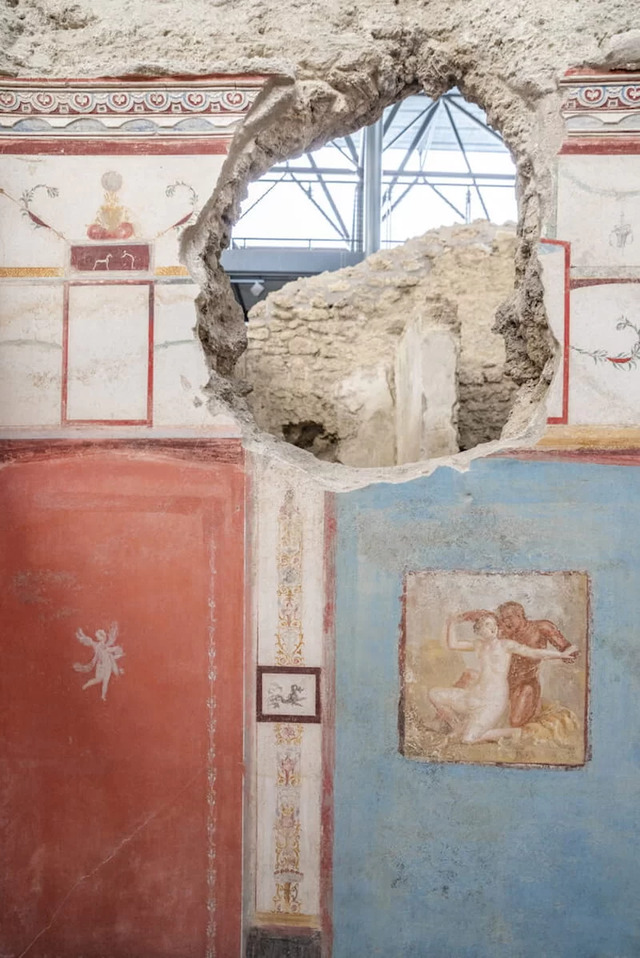
The house also underscores the importance of preserving Pompeii as a whole. Each discovery, whether a grand villa or a modest home, contributes to a richer narrative of Roman life, highlighting the diversity and complexity of this ancient city.
Conclusion
The House of Phaedra is a testament to the artistic and cultural vibrancy of Pompeii, a city frozen in time yet alive with stories. Its stunning frescoes and innovative design reveal the aspirations and values of a community that thrived before tragedy struck. As archaeologists continue to uncover its secrets, this modest home reminds us that even the smallest discoveries can offer profound insights into the human experience, bridging the gap between ancient and modern worlds.
